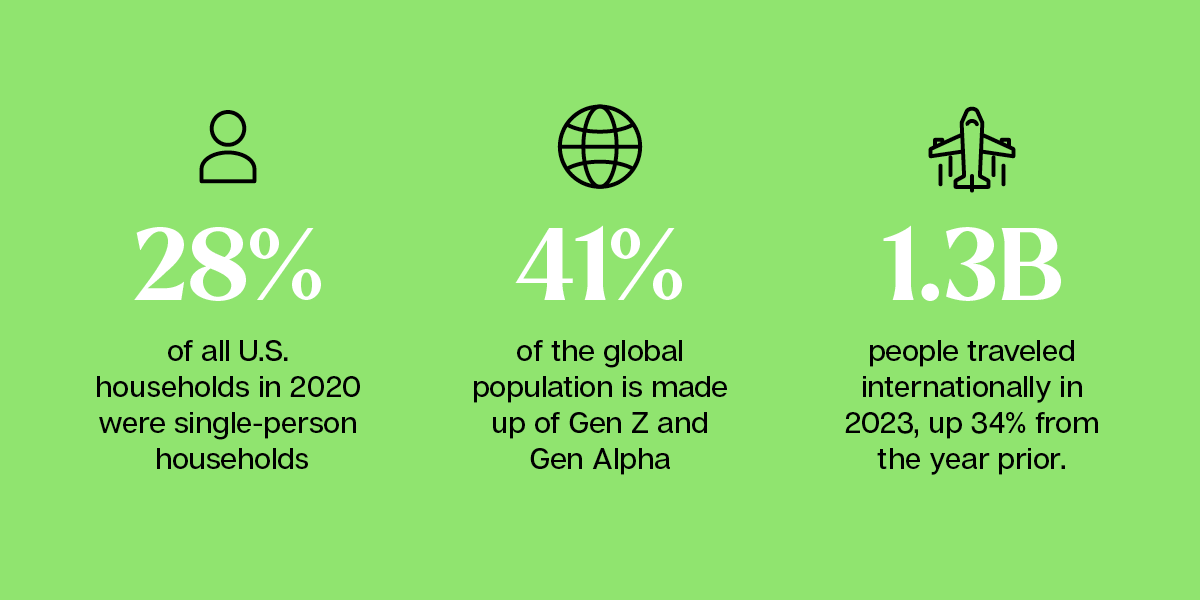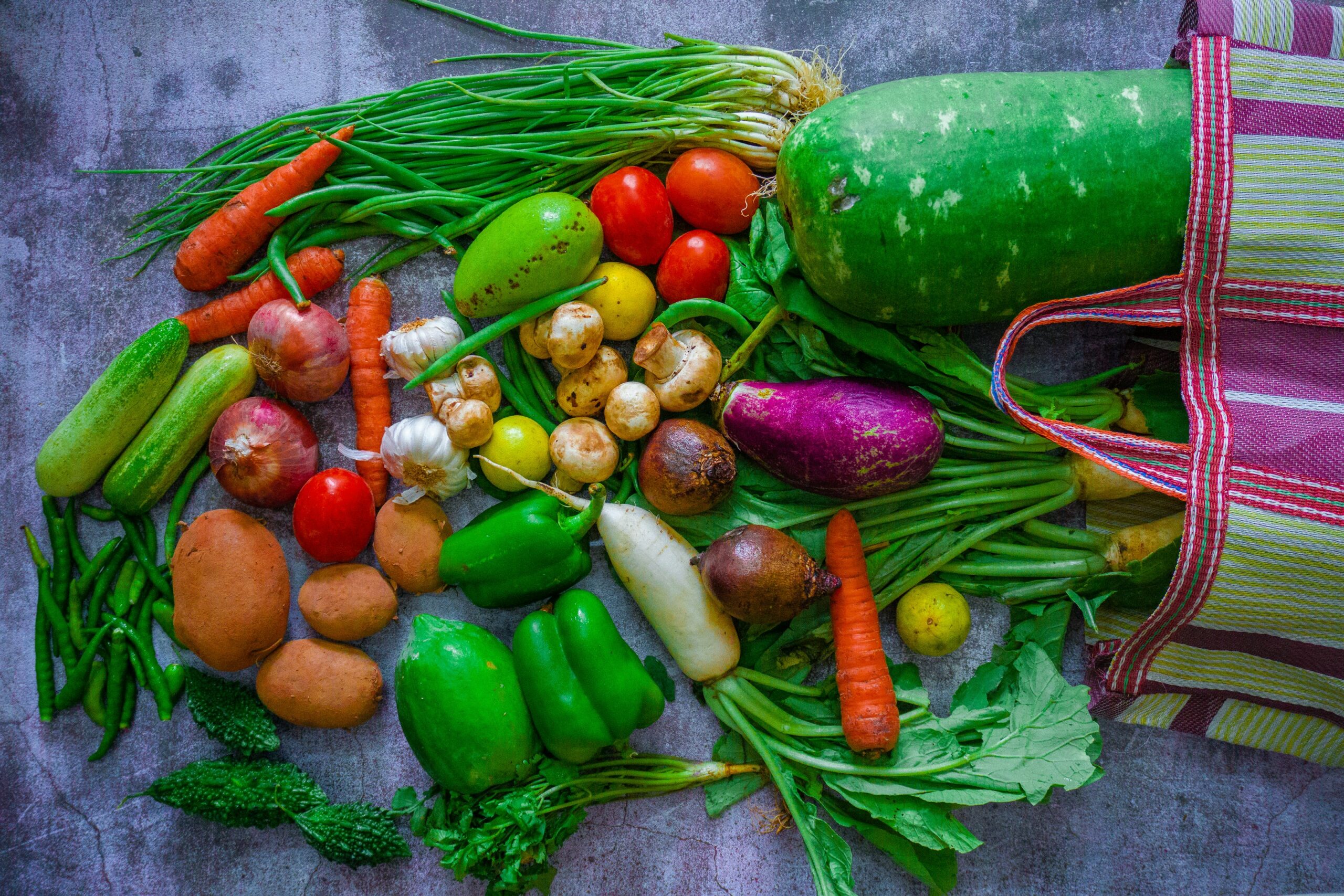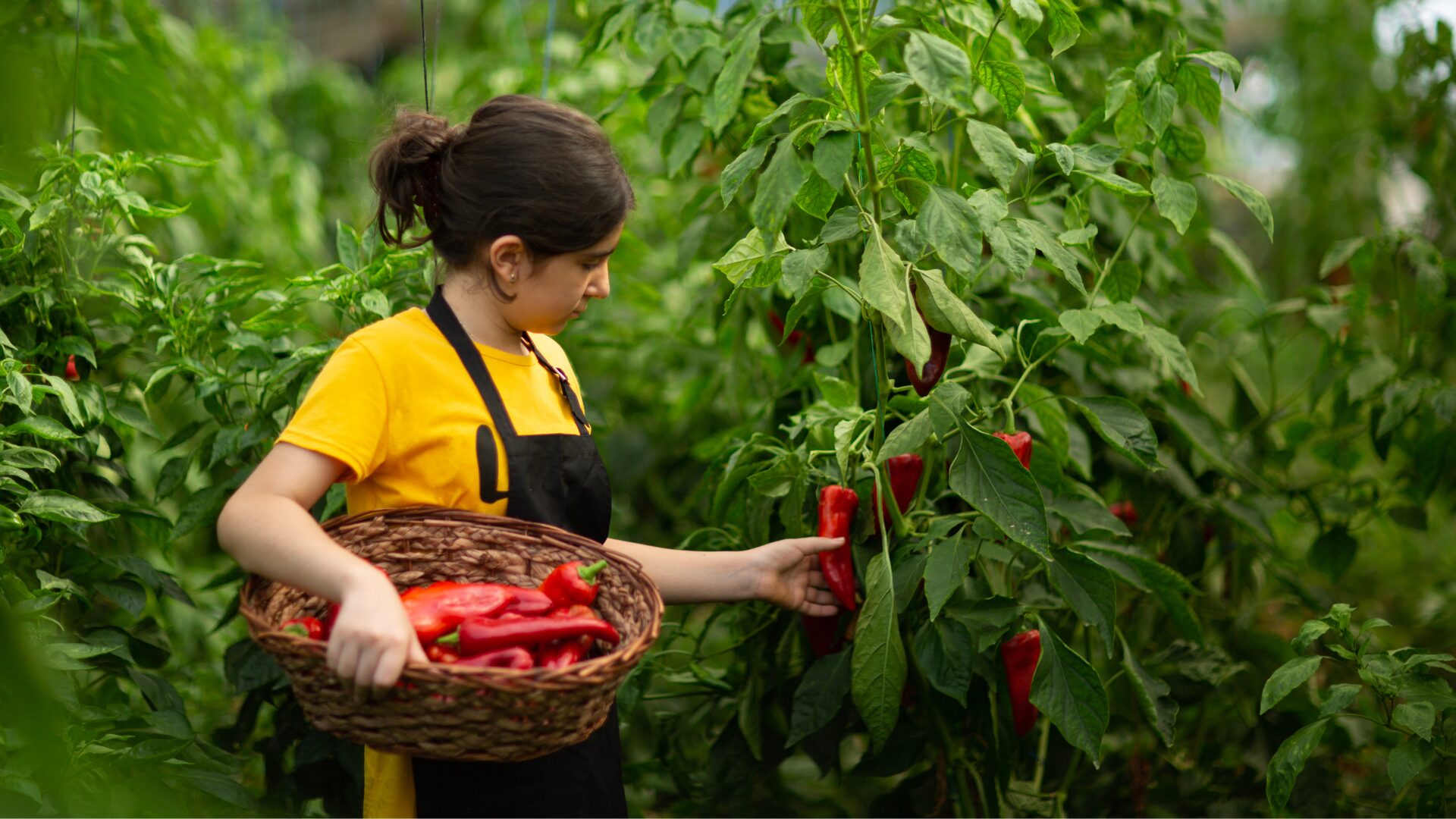As pre-digital workforces and families age into the middle class, younger generations around the world embrace a wholly different landscape driven by digital technology; it’s all they’ve ever known.
And they’re the ones shaping today’s market trends for tomorrow’s world.
The global landscape is undergoing a transformation that has far-reaching implications for the food and snacking sectors. That key takeaway, plus many more, were noted in Mondelēz International’s recent State of Snacking: Future Trends report. Consider the following, eye-opening findings, for example:
Global Mobility and Multiculturalism Drive Diverse Palates
The phenomenon of so-called “second lifers” – individuals embarking on a vibrant phase of life post-retirement – has taken root. With the global population of those over 60 expected to double by 2050, this demographic represents a noteworthy market force, one that’s projected to spend nearly $15 trillion by 2030. Their desire for foods that foster healthy aging is steering the market toward balanced nutrition and functional foods. Despite their considerable purchasing power, the representation of second lifers in advertising remains minimal, providing a robust market opportunity for brands in the food and snacking sectors.
Meanwhile, increasing global mobility and multiculturalism are adding a variety of flavors to the food landscape. As people travel and migrate more extensively, they bring their culinary preferences with them, which creates widespread awareness of certain cuisines. The digital age has helped facilitate this exchange, enabling instant access to a world of cuisines while creating a growing appreciation for cultural diversity in food.
Changing household compositions marked by a rise in single-person and multigenerational homes is influencing food packaging and preparation. The trend toward smaller, single-serve options and larger, family-sized packs caters to the varying needs of these evolving household structures.
A Demographical Transformation
The expansion of the global middle class has fueled rapid change in consumption habits. This demographic shift towards greater affluence is leading to a preference for premium and sustainable products. Meanwhile, urban migration and the pursuit of convenience are driving demand for readymade meals and diverse snacking options.
Other noteworthy shifts include the emergence of Gen Z and Gen Alpha as influential consumer groups. These young consumers are influencing market trends such as the push for labeling transparency and ethical production. Digital natives by birth, these generations leverage online platforms for information and purchases, emphasizing the importance of e-commerce in the food sector.
As this demographic change occurs, the food industry is adapting to meet the tastes of these varied consumer groups.
From functional foods catering to health-conscious second lifers to culturally diverse products appealing to youths, the market is evolving to embrace these macro trends. The demographic transformation presents opportunities for the food and snacking sectors, yet it also requires adaptability to cater to the evolving tastes of the global population.
As noted by Nick Graham – Mondelēz’s Senior VP, Global Head of Insights and Analytics: “There is little doubt we are at the brink of a change in the way people eat.”











